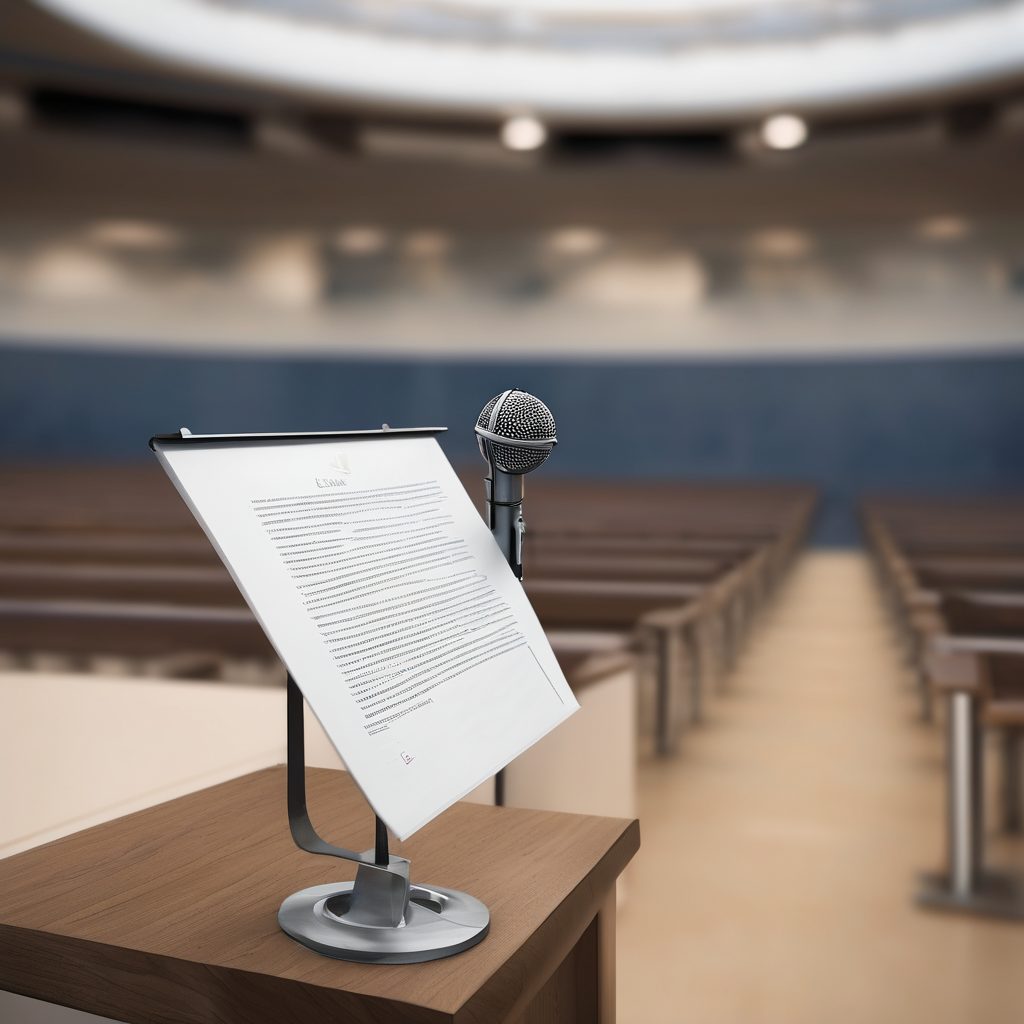At a recent gathering in Quantico, Virginia, U.S. Defense Secretary Pete Hegseth and former President Donald Trump sparked discussion with their remarks on military diversity initiatives and physical fitness among senior officers. Hegseth, who transitioned from being a Fox News persona to his current role, criticized what he described as a “decay” in the military culture, suggesting that generals not in line with his perspective should consider resigning.
The event, characterized by a theatrical atmosphere, saw military commanders gathered hastily. Both Trump and Hegseth, drawing from their television backgrounds, delivered speeches aimed at reshaping military leadership and policy. Hegseth, facing scrutiny for his recent terminations of senior military officials, defended these decisions as essential for addressing what he terms a “broken culture.”
The duo criticized military diversity programs, urging a shift from these initiatives to focus exclusively on military effectiveness. The event resembled a campaign rally more than a typical military briefing, with uniformed officials assembled against a backdrop of patriotic messages.
Interestingly, the event was met with a more restrained response compared to Trump’s previous rallies, with many officers maintaining neutral expressions. Trump’s speech, which intermixed praise for the military with critiques of contemporary political figures and the media, underscored the ongoing polarization surrounding military and cultural policies.
This rhetoric aligns with Trump’s longstanding views, as seen in past statements where he emphasized military strength and criticized diversity initiatives as contrary to the primary objectives of the Armed Forces.
Given the military’s traditional stance of nonpartisanship and allegiance to the U.S. Constitution, such politically charged commentary can be controversial, highlighting the challenging balance military leaders must navigate. In light of the logistical and financial challenges of assembling military leaders from around the world amidst heightened political tensions, these events reflect broader dialogues on the military’s role in society, the influence of political ideologies on defense policies, and the future trajectory of military leadership.
